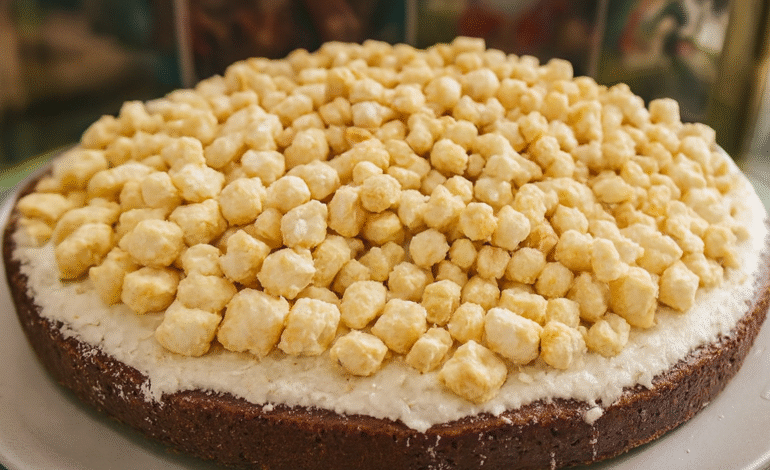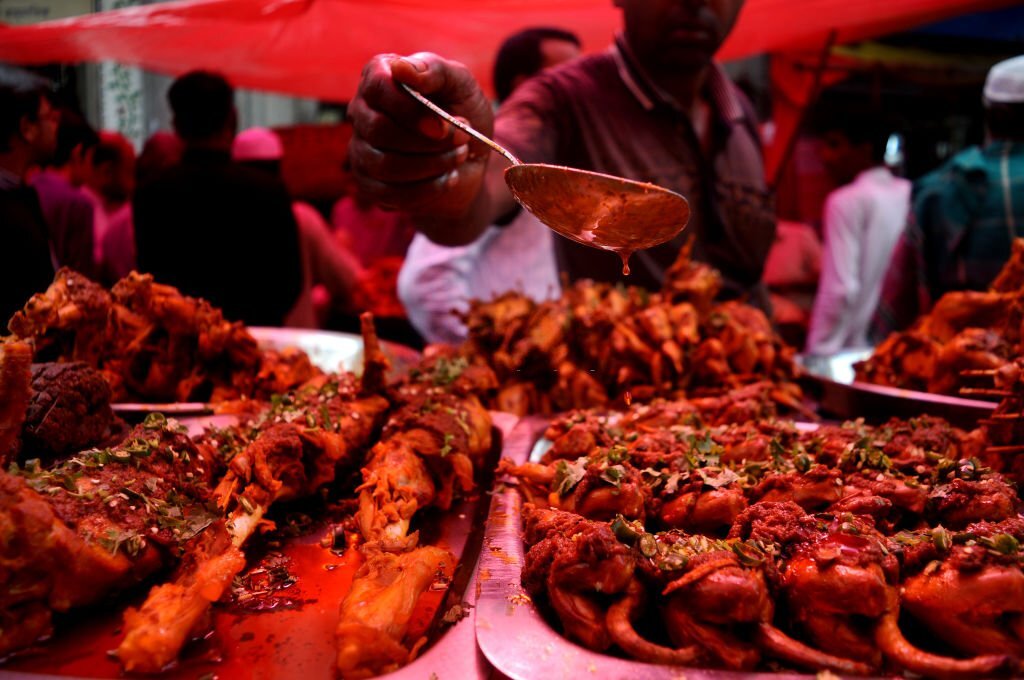Chhanamukhi: Brahmanbaria’s Iconic Sweet

Chhanamukhi Winning Hearts Nationwide
Brahmanbaria, a district known for its cultural richness and culinary heritage, is making headlines for one of its most celebrated delicacies — Chhanamukhi. Recently, this traditional sweet has gone viral online, drawing attention from food lovers across Bangladesh and beyond. But Chhanamukhi’s fame isn’t a sudden phenomenon; it is deeply rooted in history, craft, and local tradition.
In 2024, Chhanamukhi received Geographical Indication (GI) status, officially recognizing its unique identity tied to Brahmanbaria. This milestone has heightened national pride and renewed interest in this sweet’s story.
The Origins and Craftsmanship Behind Chhanamukhi
Chhanamukhi (also spelled Chanamukhi) is a traditional Bangladeshi sweet that originates in the Brahmanbaria region. The name comes from the Bengali word chhana, meaning curdled milk or cottage cheese. It is made by frying small chunks of chhana until golden and then coating them in fragrant sugar syrup.
What sets Chhanamukhi apart is its labor-intensive process and the use of fresh, local cow’s milk. Sweet makers often say that it takes nearly seven to eight liters of milk to produce just one kilogram of Chhanamukhi, highlighting the effort and purity that goes into the craft. After frying, the pieces are soaked in syrup flavored with cardamom or mild floral essence. Once dried, they strike the perfect balance between softness and sweetness.
In the past, the sweet was mainly consumed in Brahmanbaria and nearby areas. But with social media showcasing food traditions from across Bangladesh, this delicacy has captured national and even global attention.
GI Recognition Elevates Its Status
The turning point for Chhanamukhi came in September 2024 when the Directorate of Patents, Designs and Trademarks (DPDT) officially granted it GI status under registration number GI-75. This recognition honors not only the sweet itself but also the craftsmanship, local identity, and cultural heritage of Brahmanbaria.
With GI status, the sweet is now legally recognized as a product tied uniquely to Brahmanbaria. This means that no other region can claim the name without adhering to traditional methods. For the local sweet makers, the recognition is a matter of pride as well as protection from imitation and low-quality substitutes.
The GI spotlight has also encouraged people to explore Brahmanbaria’s other famous sweets, such as Chunilal’s Rajbhog, which has long been a favorite for its rich texture and taste.
Why Chhanamukhi is Going Viral
The recent surge in popularity of Chhanamukhi can be attributed to several factors. First, its authenticity and novelty make it stand out. Food lovers across Bangladesh are increasingly seeking unique regional treats, and Chhanamukhi offers a blend of simplicity, nostalgia, and craftsmanship.
Another reason is cultural pride. For residents of Brahmanbaria and the Bengali diaspora, the GI recognition became a matter of identity. Many took to social media to share images, stories, and memories of Chhanamukhi, creating a viral wave of appreciation.
Media coverage has also played a significant role. National outlets like The Daily Star have published features on Chhanamukhi’s GI status, giving it visibility and drawing curiosity from those who had never tasted it.
Finally, word of mouth and gifting traditions have fueled its fame. It is common for travelers to bring back Chhanamukhi as a gift for family and friends, expanding its reach far beyond Brahmanbaria’s borders.
Challenges and Sustainability
Despite its growing popularity, Chhanamukhi producers face several challenges. One major issue is the supply of high-quality milk and skilled labor. Since the sweet requires several liters of milk for just a small batch, it is resource-intensive and puts pressure on local dairy sources.
Shelf life is another concern. Like most chhana-based sweets, it has a limited lifespan, making it difficult to transport long distances or export widely. Maintaining freshness while meeting increasing demand is a constant challenge.
Quality control also needs to be strictly enforced. With higher demand, there is always a temptation to cut corners or use shortcuts, but doing so could harm the reputation of authentic Chhanamukhi. For sustainability, sweet makers must adhere closely to the traditional process.
Lastly, there is the issue of scaling. While demand is rising, it’s uniqueness lies in its artisanal nature. Scaling up without losing authenticity is a delicate balance that producers must strike.
Cultural Significance and Legacy
Chhanamukhi is more than just a dessert; it is a symbol of Brahmanbaria’s heritage. For generations, it has been part of local customs and hospitality. Travelers visiting the district often take Chhanamukhi home as a gift, and locals proudly present it to guests.
This sweet is often compared to other iconic regional specialties like Muktagacha’s manda, Bogra’s doi, or Tangail’s chomchom. For Brahmanbaria residents, Chhanamukhi is their answer to these celebrated names, giving them a distinctive place in Bangladesh’s culinary map.
To many, enjoying Chhanamukhi is like tasting a piece of history — one that has been passed down through families of sweet makers. With GI recognition, this legacy is now better protected, ensuring that future generations can experience its authentic flavor.
What the Future Holds
The future of Chhanamukhi looks promising if handled with care. One opportunity lies in food tourism. Visitors to Brahmanbaria could be drawn by the chance to see how it is made, participate in workshops, and taste it fresh from the makers.
There is also export potential, especially for the Bangladeshi diaspora craving authentic flavors from home. With proper packaging and cold supply chains, it could reach global markets.
Brand development is another avenue. GI recognition allows for official labeling and branding, making it easier for consumers to identify authentic Chhanamukhi. This can help build trust and expand markets.
Most importantly, preserving it’s cultural heritage is essential. Training programs for younger generations of sweet makers will ensure that the craft and tradition continue.







